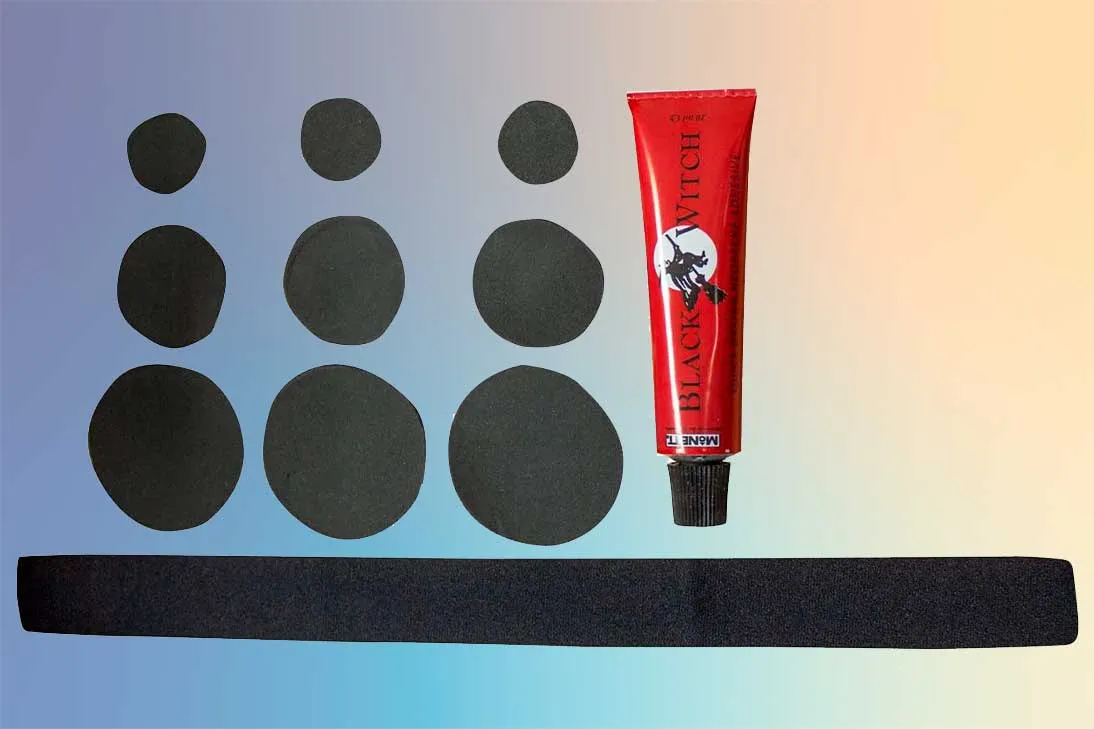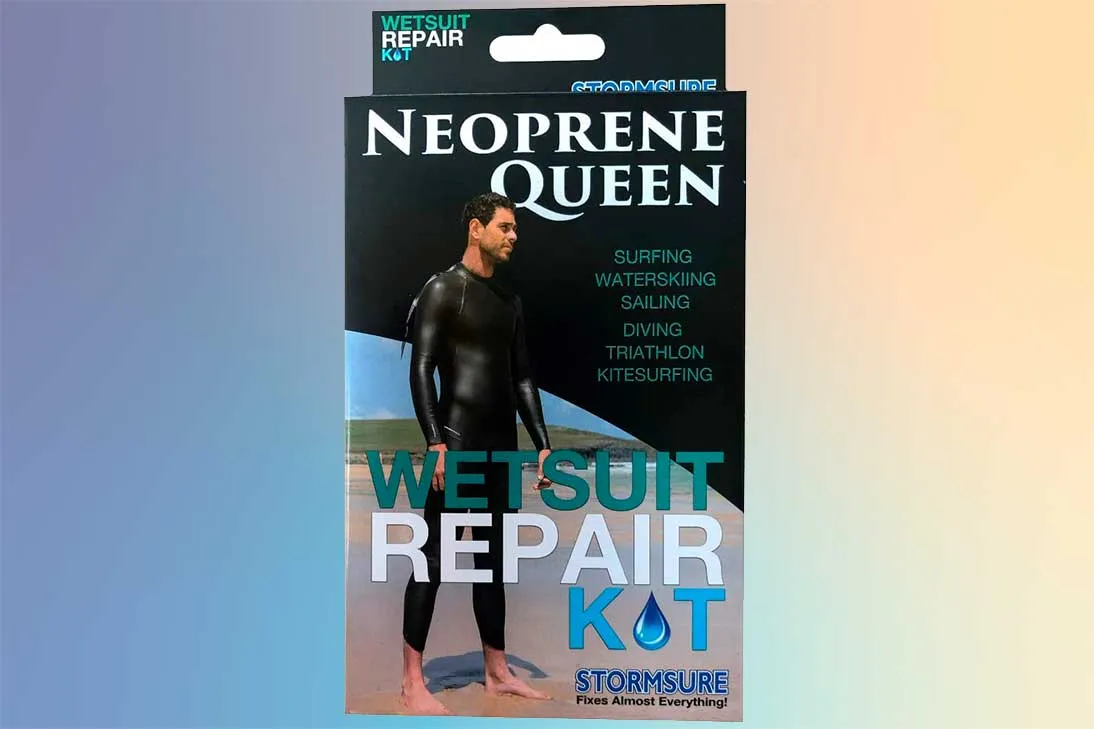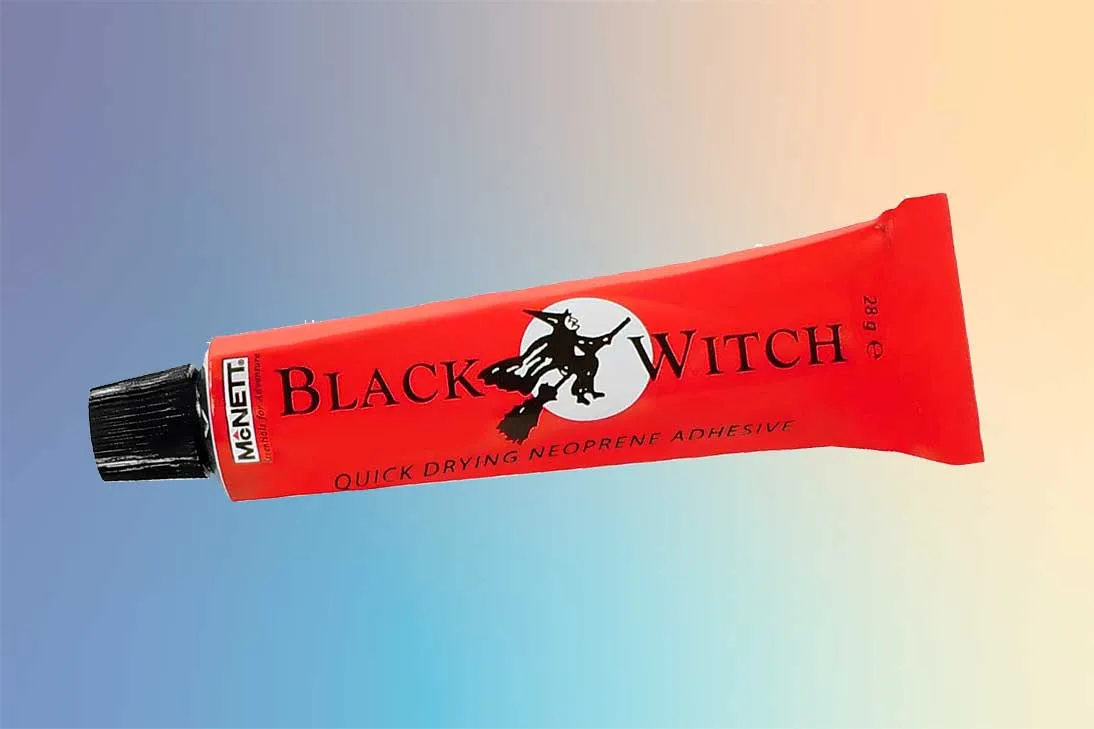A triathlon wetsuit is an investment, and one that if treated with care, should stand the test of time.
But should you find yourself with an accidental hole or scrape in your wetsuit, the best thing you can do is don't panic and act fast by patching it up before it gets any bigger and affects your swim performance in the water. Here's how to increase the longevity of your wetsuit and get your money's worth...
Jump to:
- How to repair a hole in a torn wetsuit
- Best wetsuit repair kits to buy
- How to avoid damaging your wetsuit
How to repair a hole in a torn wetsuit
Inspect your wetsuit for tears after each use, as they’re easier to fix when small. Small tears (up to a couple of centimetres) can be repaired at home (see below); tears bigger than a few inches may require professional repair services. Right, onto the fix…
- Clean the area around the rip. Ensure there’s no dirt, sand or wax around the ripped area. If the area isn’t cleaned, the repair might not heal correctly. Then open up the rip to reveal both sides of the tear.
- Apply a first coat of neoprene adhesive to both surfaces (find online). The glue can be applied with a short bristle brush. Do not press the sides together.
- Let the glue dry for about 1-3mins (depending on room temperature and humidity), keeping the two sides apart. The glue normally looks glossy when wet and matte when dry; it should feel slightly tacky and not stick to your finger.
- Once the first coat is dry, apply a second coat to both sides and begin to dry.
- Firmly bring the two sides of the rip together, doing your best to keep the seam in a straight line.
- Use a weighted object to keep pressure on the tear while it fully dries and seals.
You should find that the seal dries within 2-3mins, but the seal will form more fully if you allow it to dry for at least 6hrs. The best option would be to allow it to dry overnight to allow the strongest seal possible to form.
Best wetsuit repair kits to buy in 2024
C Skins Wetsuit Repair Kit

The Black Witch glue for neoprene is one of the most popular choices for wetsuit repair. It’s included in this wetsuit repair kit from C Skins, along with patches of different shapes and sizes to fasten onto your wetsuit. It also comes with a little brush to help you accurately get the glue where it’s needed.
The patches are helpful when making sure the newly-sealed tear remains waterproof. Small tears can be sealed by glue alone, but to be extra safe covering up the hole can be effective.
The glue should last longer than the patches, however, so make sure you use them when they’re needed.
Neoprene Queen Wetsuit Repair Kit

Neoprene Queen offers its own Wetsuit & Neoprene Adhesive that can work as a repair glue. It’s a black contact cement that promises to fix tears (ideally smaller ones) in 10 minutes.
The kit includes two 5g tubes of the black neoprene repair adhesive. It also comes with a patch of 3mm neoprene rubber, so if you have a hole that’s too large to glue together, you’ll be able to cover it up.
Most smaller tears should be able to be secured without any patches, however, as the glue works as a contact cement to fasten the points together.
Black Witch Wetsuit Repair Glue

This is an ideal choice if you’re looking for the Black Witch Repair Glue without it being part of a kit. The glue can often be all you need to fix tears but, if you pair this with your own supply of neoprene patches, you can cover up holes that are much bigger.
Osprey Neoprene Wetsuit Repair

Osprey has a range of wetsuits available, so it’s no surprise that they offer their own wetsuit repair glue. Osprey’s Wetsuit Repair Kit includes this glue along with a range of neoprene patches and strips to patch up any holes and tears.
How to avoid damaging your wetsuit
Now you know how to repair a tear in your wetsuit, let's make sure that doesn't happen again. The first step is knowing how to avoid things that can damage your wetsuit; like when putting on your wetsuit, avoid standing on hard or rough surfaces as they can damage the neoprene. Instead, place down a towel or board bag. While putting on or taking off your wetsuit, be careful with rings, fingernails and watches as they can easily damage the neoprene. Some wetsuits come with gloves, which are ideal to avoid any unnecessary damage.
